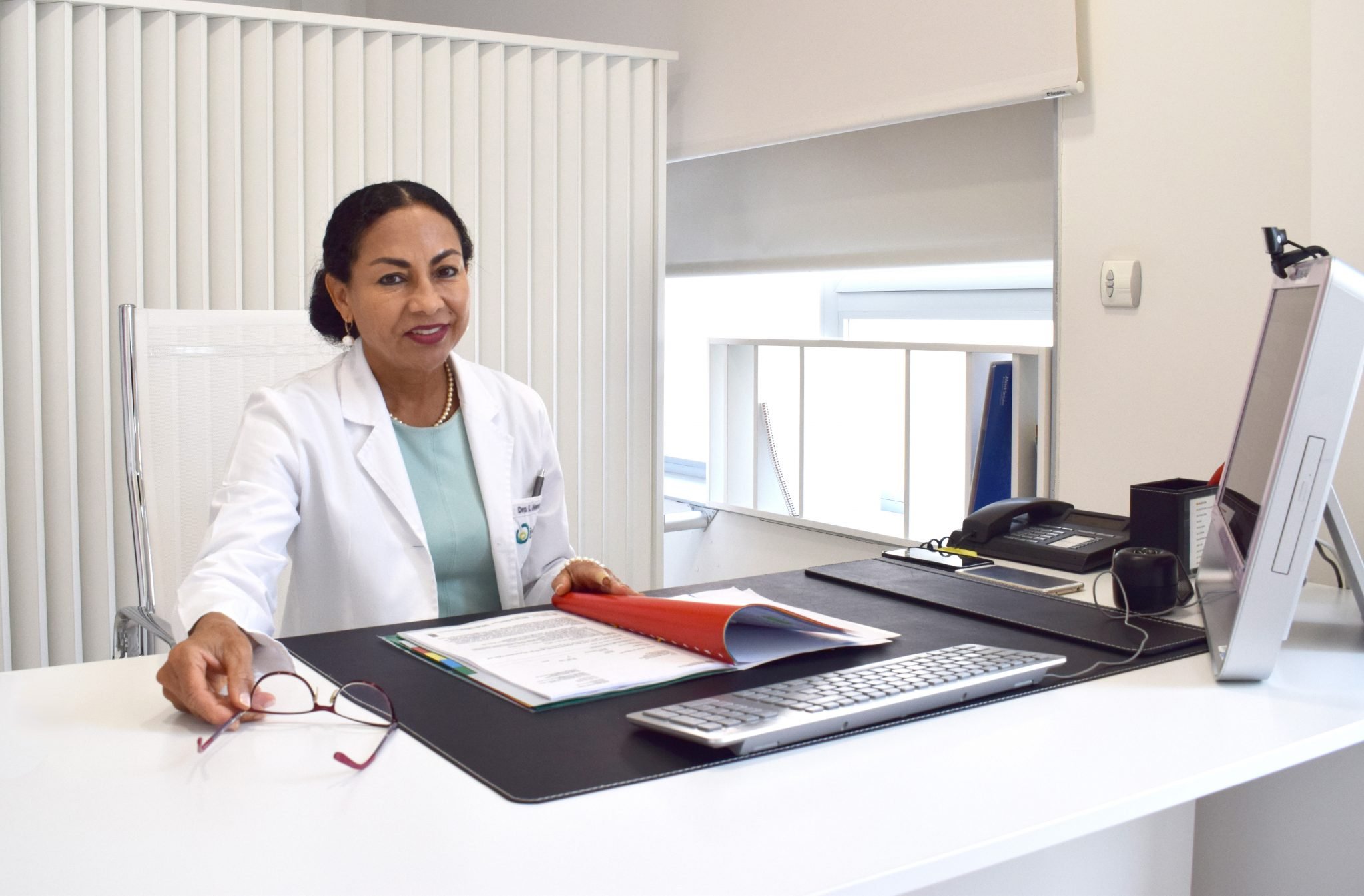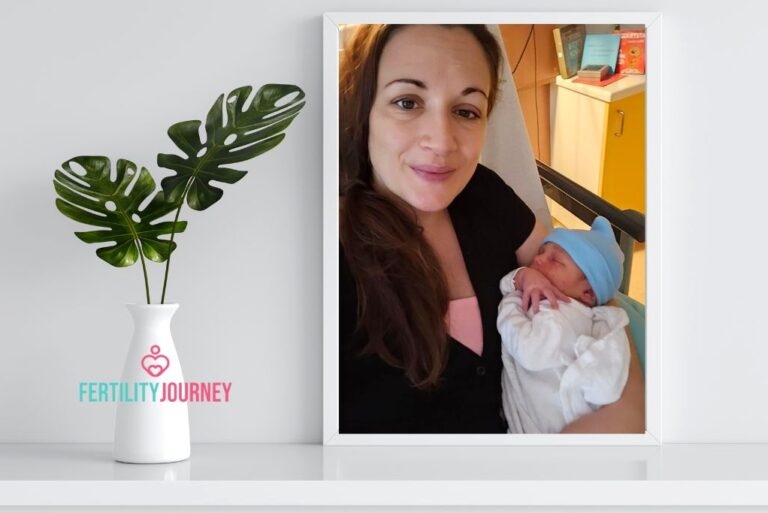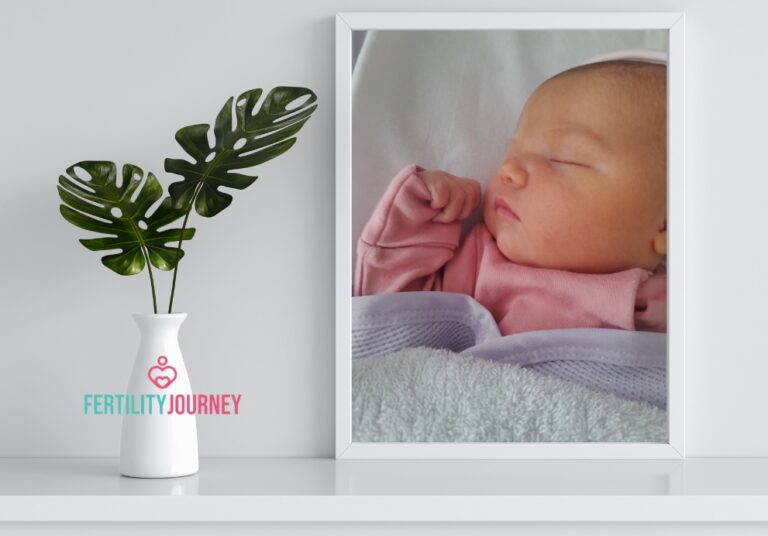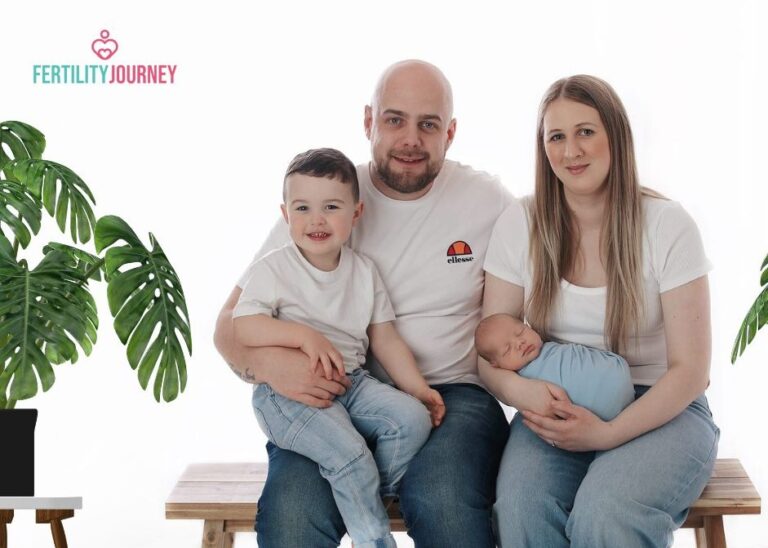During the first week of August, Claire (42) and David (35), the winners of this year’s Fertility Journey, visited our clinic for their first embryo transfer.
They were pleased to share with us the emotion and joy created by their short stay in Spain.
“We have spent some time in Alicante ahead of the transfer, relaxing in the area and preparing for our next visit to IVF Spain. Our experience with previous treatments with UK clinics has been very stressful but in Alicante, we have spent most of our time preparing for treatment by relaxing on the beach!”
Claire and David arrive at IVF Spain after having been trying to get pregnant for 7 long years and experienced 3 failed ICSI treatments with their own eggs. IVF Spain discovered that the quality of the embryos was poor and that they had always been transferred on day 3 of their development with a bad morphology. In order to increase their chances of getting pregnant, the clinic recommended an egg donation treatment – a fertility treatment which that greatly depends on matching the perfect donor to the patient.
To protect both patients and donors Spanish law requires that the donation process must be completely anonymous. In addition, donors must be in good condition and younger than 35. Moreover, both donor and patient must share a phenotypical resemblance: hair colour, BMI, eye colour, and so on.
Claire and David were grateful that so many women in Spain were willing to donate their own eggs, enabling others less fortunate, the chance of forming a family.
“We are really grateful that there are people willing to donate eggs. If we are being honest, it has taken a while for us to understand the Spanish anonymity rules for egg donors, but we have taken the time to consider this. It’s hard not having control or letting another person being in charge for something related to your baby. However, we even think now it is better that way, because the more you know, the more you want to know and we do prefer knowing nothing and leaving it in the clinic’s hands.”
There are other factors, however, that are crucial to achieving a successful pregnancy: the quality of the embryo and the microenvironment of the endometrial lining. This means that a successful pregnancy also depends on the successful communication between the embryo and the endometrial lining.
When we discovered that Claire didn’t have a single positive pregnancy test, we suggested to perform an endometrial biopsy to analyse the retrieved sample by means of the ER Map® test (Endometrial Receptivity Map) and accurately determine the receptivity of Claire’s endometrium during the window of implantation (the moment when the endometrial lining is receptive).
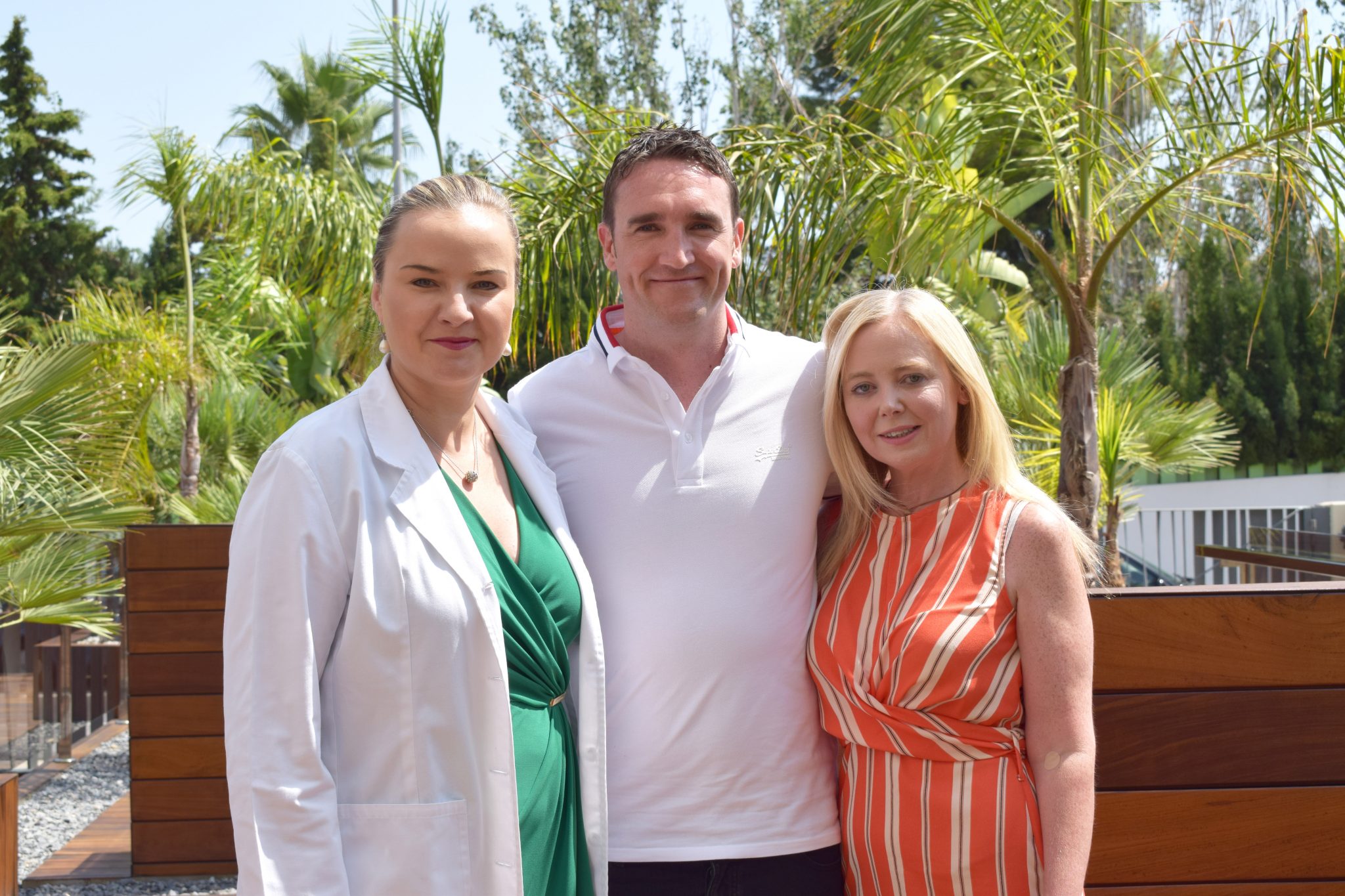
”The test results showed that Claire’s endometrium was post-receptive, meaning that a transfer performed on day 5.5 of progesterone (like in 70% of cases) would not end up in a successful pregnancy” explains Dr Natalia Szlarb.
“Before coming to IVF Spain, we had never heard of an endometrial study or ER Map. The fact that the endometrial study analyses the best time to transfer the embryo could make a big difference to our treatment. We were really impressed with the accuracy of the test.
Our ER Map test result was post-receptive and although this was initially a concern, we later came around to the view that knowing the best time to transfer the embryo would increase the chances of success, and this might have been the reason our other treatments in the UK had failed” – Claire and David.
There are other key factors, however, to achieve a pregnancy such as the malefactor. David suffers from teratozoospermia which implies that 96% of the ejaculated sperm cells have an abnormal morphology. Luckily, we were able to improve David’s sperm quality and fertilize the retrieved eggs.
We now wish them the best of luck!

